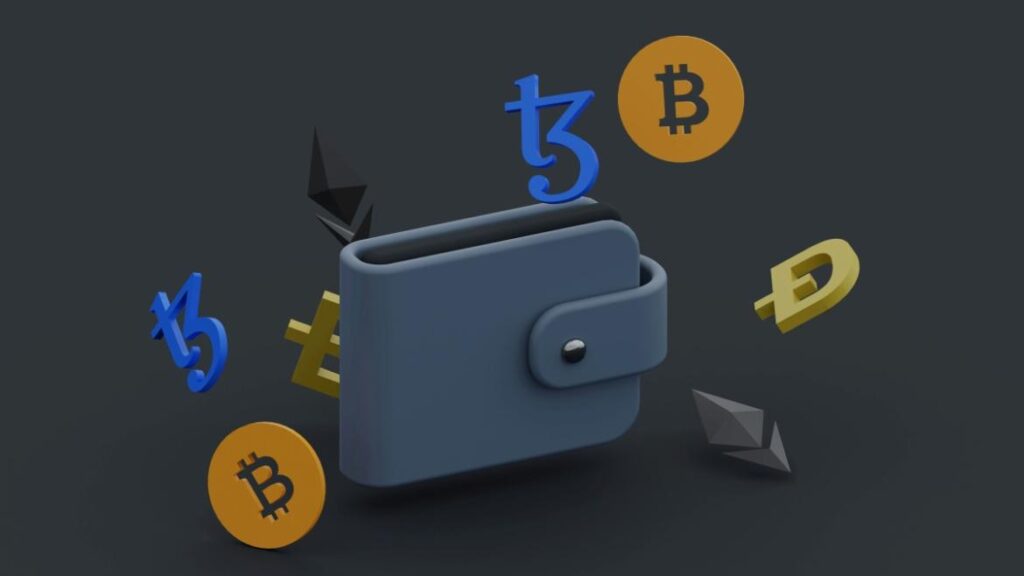Stable Digital Currencies and Cross-Border Payments: A New Frontier for Capital Mobility
In an era where global financial transactions are expected to be instantaneous and cost-effective, stable digital currencies, commonly known as stablecoins, have emerged as a transformative force. By leveraging blockchain technology, these digital assets are poised to revolutionize cross-border payments, enhance capital mobility, and support decentralized market participation.

Content
The Rise of Stablecoins in Global Finance
Stablecoins are digital assets designed to maintain a stable value by pegging their worth to reserve assets, such as fiat currencies like the U.S. dollar. This stability makes them ideal for facilitating transactions and serving as a store of value in on-chain ecosystems.
As of March 2025, the market capitalization of stablecoins stood at $232 billion, marking a significant increase from previous years. This growth underscores the increasing trust and adoption of stablecoins in the financial sector.
Enhancing Cross-Border Payments
Traditional cross-border payment systems are often plagued by high costs, slow processing times, and lack of transparency. Stablecoins offer a compelling alternative by enabling near-instantaneous transactions with reduced fees.
For instance, Visa has partnered with stablecoin infrastructure startup Bridge to launch stablecoin-linked Visa cards, allowing customers in Latin America to make everyday purchases with cryptocurrency. This initiative aims to make stablecoins more accessible and integrated with conventional financial tools, facilitating seamless global transactions.
Moreover, MasterCard has unveiled end-to-end capabilities to power stablecoin transactions, emphasizing the potential of stablecoins in on-chain remittances and cross-border disbursements.
Institutional Adoption and Regulatory Clarity
The adoption of stablecoins by institutional investors has been bolstered by increasing regulatory clarity. The U.S. Securities and Exchange Commission (SEC) has emphasized that certain stablecoins are marketed for payments, transmitting money, and storing value, not as investments. This distinction provides a clearer framework for financial institutions considering stablecoin integration.
Additionally, the UK’s decision to exempt overseas stablecoin issuers from its upcoming cryptocurrency regulations reflects a broader effort to enhance tech cooperation and establish Britain as a fintech hub. This approach aims to bolster investor confidence while preventing fraud and instability.
Such regulatory developments have encouraged major banks and fintech companies to explore stablecoin opportunities. Notably, Bank of America, Standard Chartered, PayPal, Revolut, and Stripe are eyeing the stablecoin market, motivated by the prospect of reshaping cross-border payments using cryptocurrency.
Supporting Decentralized Market Participation
Stablecoins are not only enhancing traditional financial systems but also supporting decentralized finance (DeFi) initiatives. By providing a stable medium of exchange, they enable users to participate in DeFi platforms without the volatility associated with other cryptocurrencies.

This development has led to the emergence of various consulting services aimed at guiding individuals and institutions through the DeFi landscape. Services offered by blockchain asset investments consultants, and stablecoin investment consultants are becoming increasingly prevalent, offering expertise in navigating the complexities of digital asset management.
Challenges and Considerations
Despite the promising advancements, stablecoins face challenges that need to be addressed to ensure their sustainable integration into the global financial system.
Regulatory Compliance: Ensuring that stablecoin operations comply with international regulations is paramount. The lack of a unified global regulatory framework can lead to inconsistencies and potential legal hurdles.
Security Concerns: As with any digital asset, stablecoins are susceptible to cybersecurity threats. Implementing robust security measures is essential to protect users and maintain trust in the system.
Market Volatility: While stablecoins aim to maintain a stable value, external factors can influence their pegged assets, leading to potential instability. Continuous monitoring and adjustment mechanisms are necessary to uphold their value proposition.
The Road Ahead
The integration of stable digital currencies into cross-border payment systems marks a significant step toward a more inclusive and efficient global financial ecosystem. By addressing existing challenges and fostering collaboration between regulatory bodies and financial institutions, stablecoins can realize their full potential in enhancing capital mobility and supporting decentralized market participation.
As the landscape evolves, the role of digital asset strategy consulting firms will be crucial in guiding stakeholders through this transformative journey.
Explore the New Frontier of Capital Mobility
As stablecoins reshape how value moves across borders, now is the time to understand the deeper forces transforming payments, liquidity, and decentralized finance infrastructure. Kenson Investments offers educational perspectives on blockchain-backed currencies, institutional adoption, and the role of regulation in unlocking faster, more transparent global transactions. Dive into the trends redefining how capital flows—backed by data, not hype.
About the Author
This contributor specializes in digital finance education, with a focus on stablecoins, decentralized infrastructure, and the evolution of cross-border capital systems. Their work examines how institutional demand, policy shifts, and blockchain innovation intersect to modernize financial rails. Through clear, research-driven writing, they aim to make complex digital asset developments more accessible to institutional and retail audiences alike.
Disclaimer: The information provided on this page is for educational and informational purposes only and should not be construed as financial advice. Crypto currency assets involve inherent risks, and past performance is not indicative of future results. Always conduct thorough research and consult with a qualified financial advisor before making investment decisions.
“The crypto currency and digital asset space is an emerging asset class that has not yet been regulated by the SEC and US Federal Government. None of the information provided by Kenson LLC should be considered as financial investment advice. Please consult your Registered Financial Advisor for guidance. Kenson LLC does not offer any products regulated by the SEC including, equities, registered securities, ETFs, stocks, bonds, or equivalents”

Nathaniel is a cryptocurrency blogger and investor. He has been blogging about cryptocurrencies since 2017 and considers himself an expert in the space. Nathaniel also invests in cryptocurrencies and believes that they will become more widely accepted as time goes on.





